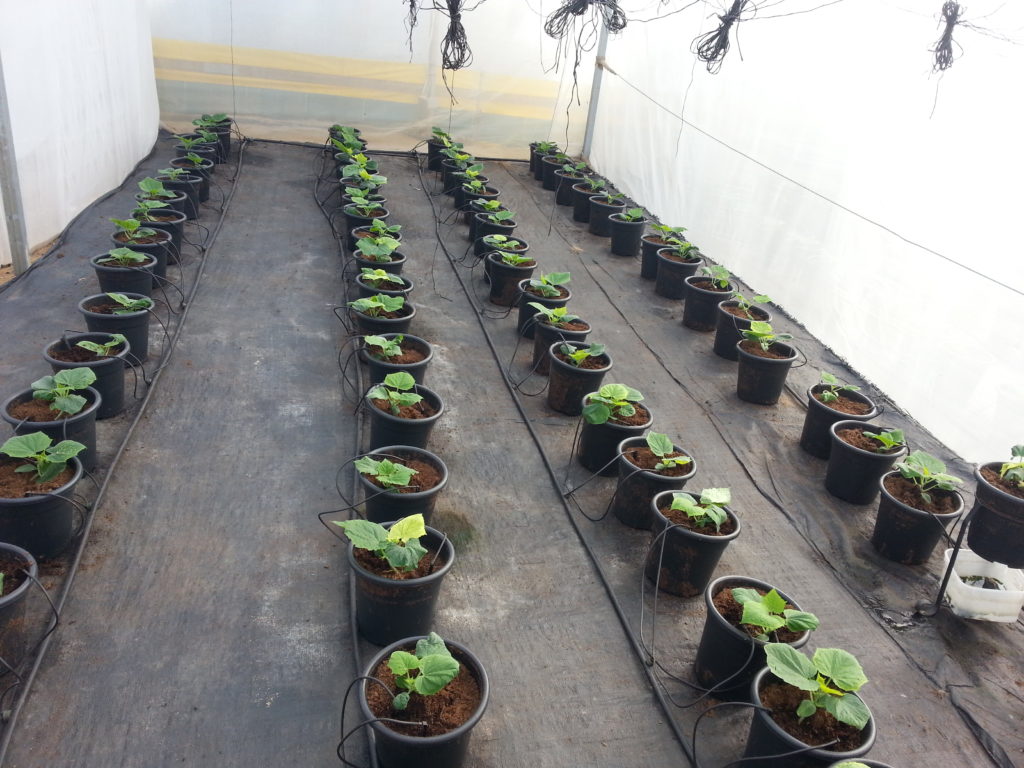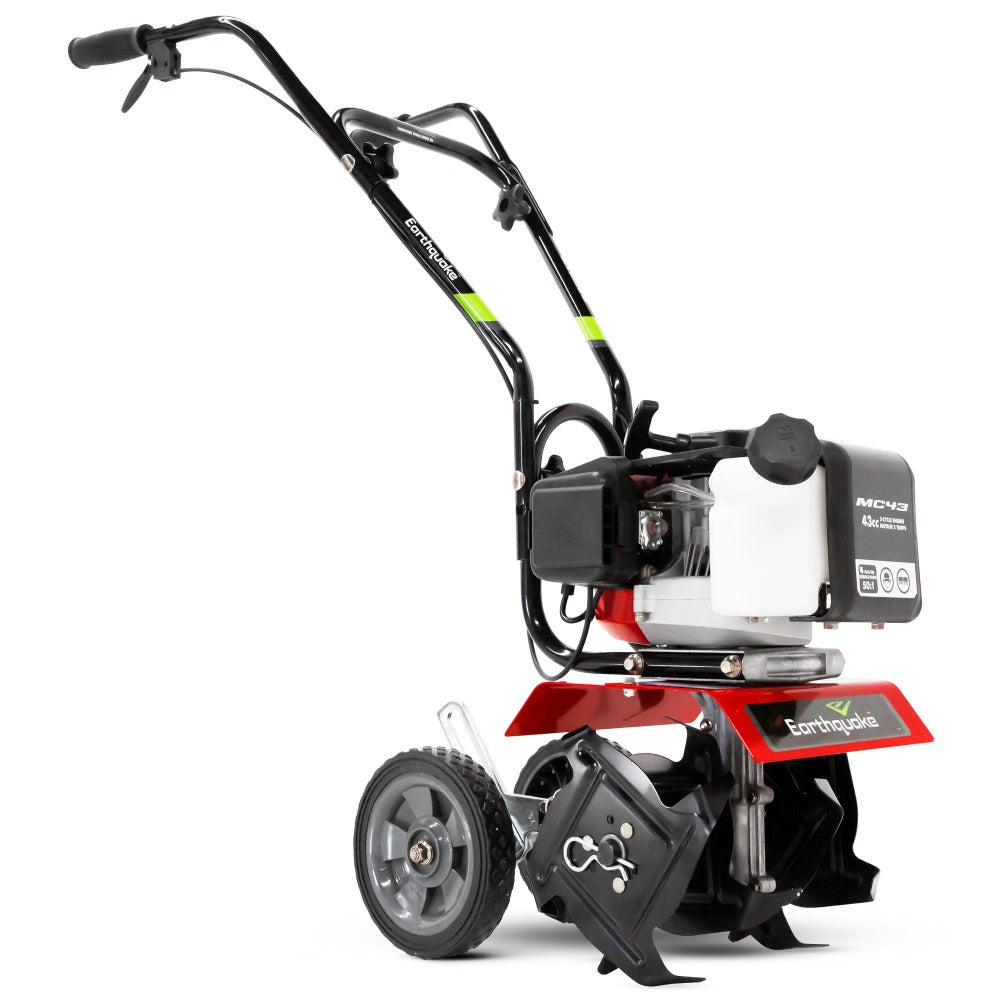1. Herbicides
Chemicals that are used to manipulate or control undesirable vegetation.
Herbicide application occurs most frequently in row-crop farming, where they are applied before or during planting to maximize crop productivity by minimizing other vegetation.
Lawns, Fence Lines, Driveways, Sidewalks, Brick Walkways, Gravel Walkways, Trees or Shrub areas, around Buildings, Edging Landscapes and open fields, are treated also for weeds.
It is usually a chemical, for killing or inhibiting the growth of unwanted plants, such as residential or agricultural weeds and invasive species.
A great advantage of chemical herbicides over mechanical weed control is the ease of application, which often saves on the cost of labor.
Herbicides are divided into numerous categories:
1. Selective (affecting specific plant species).
2. Nonselective (affecting plants generally), can be used to clear waste ground.
3. Foliage-applied:
A. Contact herbicides that kill only the plant organs with which they are in contact.
B. Translocated herbicides (systemic) are effective against roots or other organs to which they are transported from aboveground treated surfaces.
4. Soil herbicides: A. Preemergence: prevents weed seedlings emerge, sprayed on bare soil, usually, activated by rain or irrigation.
B. Absorbed by the roots and translocated to the leaves.
To eradicate weeds that already exist, we will use herbicides that harm the leaves and thus dry the weeds.
Nevertheless, these herbicides don’t prevent new weeds from emerging from the ground.
To prevent weeds from growing at all in your territory, not even a little, you need to use an herbicide that prevents the emergence of the sprouts.
The herbicide is sprayed on empty soil shortly before the rain comes (or with the help of sprinklers).
The rain activates the herbicide and doesn’t wash it away.
Any weed sprout that tries to emerge out of the ground, meets the herbicide and dies.
These herbicides don’t last forever, and probably will need to be sprayed again within a year.
Combining two herbicides, one of each type is a possibility.
For a list of the herbicides and their capabilities follow this link.
2. Landscape fabric
It’s a perforated material that allows water and moisture to reach your soil and not accumulate on the ground.
It’s an economical and sustainable option to keep weeds away.
The weeds need 3 things in order to grow: soil, water and light.
by installing the fabric, weeds that emerge don’t get any light and die.
Because it’s intended to be left in place, it is not recommended to put it between the plants, nor cut holes in it and plant in them.
For this purpose, there are other products like the poly mulch black polyethylene film.
Recommended for the edges of the garden and around shrubs and trees or walking trails.











It is advised not to use at all, or use as little as possible, the Landscape pins that are used to secure the fabric to the ground, because in these places the fabric is punctured and there is enough light to penetrate and for the weeds to emerge.
Try to find another solution, try to secure the fabric only at the edges and not in the middle, or cover the pins with a big stone.
Landscape fabric is not suitable for covering large fields due to its price.



3. Light deprivation plastic tarp
This technique is called sheet mulching or soil solarization.
The plastic prevents light and water going through, so anything that is below it will die.
If it stays long enough (months), it makes the ground below more fertile, (compost like) due to the fact that worm’s surface and eat the decomposing debris under the plastic, creating some compost.
If you like, you can then uncover this soil and plant it on, while placing the tarp elsewhere.
Sandbags, cinder blocks, and large rocks can be used to anchor silage tarps.

4. Poly mulch black polyethylene film
In order to prevent weeds from emerging in a cultivated area and disrupt the growth of your vegetables, you will need to use this means.
It’s a sheet that is deployed on the ground for protection, insulation and protection against extreme temperatures of the ground.
These sheets are very thin (less than 1 millimeter) and easy to handle.
The film should be as thin as possible because it should be changed every season.
The film is spread on the ground and holes are made where the seedlings will be planted.
Films with pre-prepared holes are available.
The film has many advantages.
The temperature of the soil under the cladding sheet is higher compared to the soil without cladding.
As a result, the rate of plant development is increased and the crop is harvested earlier.
The film reduces water evaporation (up to 50% according to tests and observations in the US) and thus reduces water consumption.
Prevention of dirt from the fruit and vegetables is also a plus.
It is a very economical way to prevent weeds.









5. Cultivator and Tiller
These machines are for secondary processing, used in the preparation of beds, and used for plowing soil mainly in vegetable crops, vineyards and greenhouses.
It is a multi-purpose machine for long-term work, environmentally friendly, and helps to nourish the soil by combining plant residues and organic fertilizer which reduces the need for the use of chemicals for spraying weeds.
The fact that the movement is transmitted to the blades through the transmission system provides power and fuel savings relative to the chain system.
The razor blades stretch and crumble the soil by vertical action on the surface.
Cultivators mix the soil lightly, disturbing the top surface of the soil.
One of the uses for the technique of this cultivation is as a means of preventing the development of weeds between the rows of trees or seedlings.
For example, after the first rains and germination of wild seeds, or in the early stages of growth.
They turn the young grass back into the soil and give the seedlings an advantage.
Giving time to grab space in the ground and air before the weeds rise again.
Tillers usually get deeper into the ground.
They do the same job but, are heavier and will break up hard soil into pieces, and prepare the soil into a smooth, loose, aerated seedbed, while killing weeds.
They are tougher and wider, not for the use between your vegetable plants during growth.
The size of your area, the type of soil, the cultivator width and depth will determine what kind of machine you will need.




You might also like these articles:
- A Plant’s Nutritional Needs: The Best Fertilizer for Each Stage of Plant Growth
- How to Use Roundup Effectively and Safely
- Weed Control in Your Garden: Choosing and Using Herbicides Safely and Effectively
- Effective Herbicides for Common Weeds in Lawns and Gardens
- Unleash the Magic of Mulch: Transform Your Garden Today!
- Sweet Success: A Guide to Growing Juicy Strawberries in Your Garden
- 5 Popular watering computers review
- Tillers vs Cultivators: How to Choose the Right Garden Tool
- Managing Weed Resistance: Strategies and Examples
- Exploring the Different Types of Herbicides and Their Applications: From Glyphosate to Metolachlor
- Tips for Improving Soil Health in Gardening and Farming
- Sustainable Agriculture: Reducing Waste, Conserving Water, and Promoting Biodiversity in Farming









